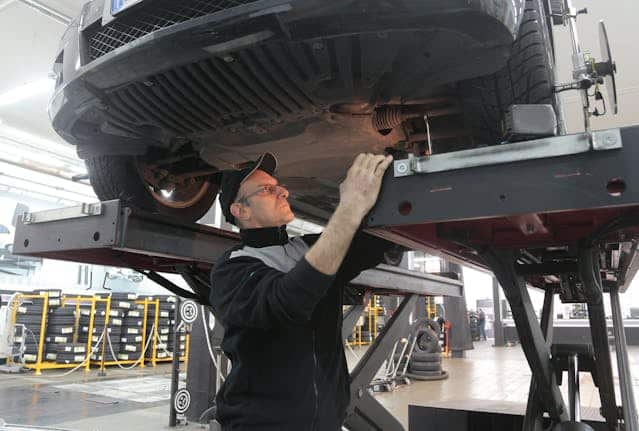The Importance of Heat Treatment in Frame Repairs
 When a vehicle experiences a collision, the frame often sustains damage that can compromise the structural integrity of the entire vehicle. Correcting this damage is crucial not only for the vehicle’s appearance but also for its safety and performance. One of the most effective techniques in the repair of vehicle frames is heat treatment. This process involves the controlled application of heat to reshape or strengthen metal that has been deformed or weakened. This article explores the critical role of heat treatment in frame repairs, detailing how it contributes to the restoration of a vehicle’s structural integrity and safety.
When a vehicle experiences a collision, the frame often sustains damage that can compromise the structural integrity of the entire vehicle. Correcting this damage is crucial not only for the vehicle’s appearance but also for its safety and performance. One of the most effective techniques in the repair of vehicle frames is heat treatment. This process involves the controlled application of heat to reshape or strengthen metal that has been deformed or weakened. This article explores the critical role of heat treatment in frame repairs, detailing how it contributes to the restoration of a vehicle’s structural integrity and safety.
Understanding Heat Treatment
What is Heat Treatment?
Heat treatment involves heating and cooling metals in a controlled way to alter their physical and mechanical properties without changing the product shape. The process can increase the strength of the metal, relieve stress, and make it more ductile and malleable for reshaping. In the context of autobody repair, this process allows technicians to restore the original strength and configuration of the vehicle’s frame.
Types of Heat Treatment
There are several types of heat treatment processes, including annealing, quenching, and tempering, each serving different purposes:
- Annealing reduces hardness, increases ductility, and helps relieve internal stresses.
- Quenching involves heating the metal to a high temperature and then rapidly cooling it to set the shapes.
- Tempering is used after quenching to reduce some of the brittleness introduced by the hardening process.
Benefits of Heat Treatment in Frame Repairs
Restoring Structural Integrity
The primary benefit of heat treatment in frame repairs is the restoration of the metal’s original strength and flexibility. After a collision, the frame’s metal can become brittle and prone to cracking. Heat treatment can reverse these effects, ensuring the frame can withstand the rigors of everyday driving without failing.
Precision in Reshaping
Heat treatment allows for more precise reshaping of the frame. By making the metal more malleable, technicians can accurately restore the frame to its original specifications. This precision is crucial for maintaining the vehicle’s alignment and handling characteristics.
Longevity and Durability
Frames repaired with heat treatment tend to have longer lifespans and greater durability. The process helps prevent future weaknesses in the areas that were damaged, reducing the likelihood of problems reoccurring due to the same vulnerabilities.
Best Practices in Heat Treatment
Controlled Application
Applying the correct amount of heat is crucial; too much heat can weaken the structure, while too little may not adequately soften the metal for reshaping. Technicians must use precise measurements and tools to control the temperature and duration of heat application.
Cooling Techniques
How the metal is cooled after being heated also affects the outcome of the repair. Different cooling rates can change the metal’s properties, so this must be carefully managed to achieve the desired results.
Regular Inspection and Testing
After heat treatment, the frame should be inspected and tested to ensure it meets safety standards and performance specifications. This may involve stress tests and computer-aided simulations to predict how the frame will perform under normal driving conditions.
Conclusion
Heat treatment is a vital process in the repair of vehicle frames following collisions. Its ability to restore the original properties of the metal while allowing for precise reshaping makes it indispensable for ensuring that repaired vehicles are safe, perform well, and are durable. For vehicle owners, understanding the importance of heat treatment helps in choosing a repair shop that utilizes this effective technique, guaranteeing the best possible outcome for frame repairs.
